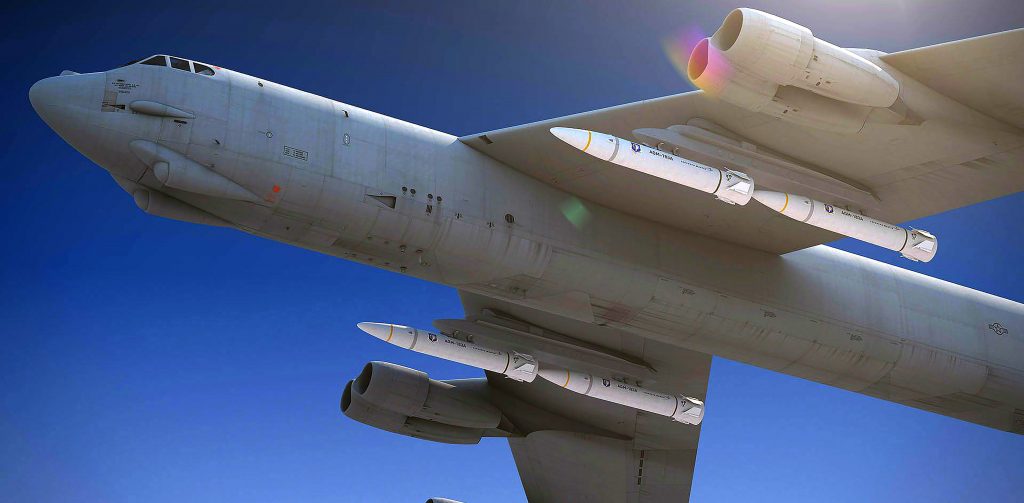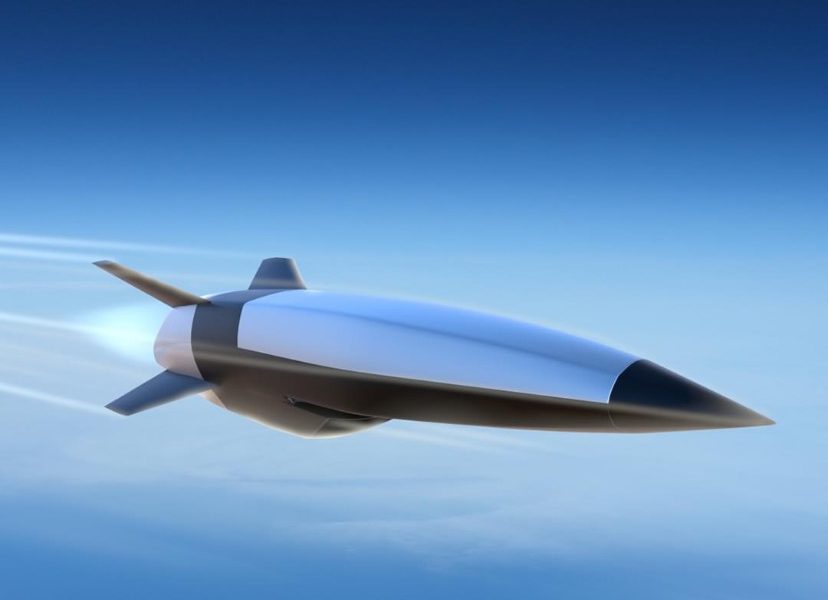While the Air Force released scant details about the latest test of its AGM-183 Air-launched Rapid Response Weapon late last week, Secretary Frank Kendall told a Congressional panel it was “not a success”—and given ARRW’s checkered test history overall, Kendall indicated the service may shift focus to its other hypersonic program, the Hypersonic Attack Cruise Missile.
“We’re more committed to HACM at this point in time than we are to ARRW,” Kendall told members of the House Appropriations defense subcommittee March 28.
While Kendall did not specify exactly what went wrong in the March 13 test of ARRW—the second test of the all-up system—he did say the Air Force “did not get the data that we needed from that test,” and program engineers are “currently examining that, trying to understand what happened.”
After that analysis is complete, “we’ll probably have to make a decision on the fate of ARRW,” he added.
There are still two ARRW missiles left that the Air Force can use for tests, Kendall noted, and after that there may be “some potential for a leave-behind capability.”
If the service does conduct tests with the two remaining missiles, “then we’ll revisit it, I think, as we build the [2025] budget and see what will be done in the future.”
ARRW has struggled at times during the testing process. Three attempts to launch a prototype version of the missile failed in 2021 before a successful test flight in May 2022, and the first test of the operationally-configured weapon on Dec. 9, 2022, was “a very successful flight, which was a big step forward,” Kendall said.
The ARRW is a boost-glide hypersonic weapon, which means it is accelerated to speed by a rocket and then glides to its target. The Hypersonic Attack Cruise Missile, or HACM, is an air-breathing cruise missile. Lockheed Martin Missiles and Fire Control makes ARRW; Raytheon is the prime for HACM, which uses an engine made by Northrop Grumman. In its 2024 budget, the Air Force requested $150 million for further research, development, test, and evaluation of ARRW and $184 million for HACM.

“We have money throughout the five-year plan to move HACM forward,” Kendall said. The weapon’s underlying technology, developed by the Defense Advanced Research Projects Agency and the Air Force Research Laboratory, has “been reasonably successful, and we see a definite role for the HACM concept,” he added.
Kendall also said the HACM, which is smaller than ARRW, is “compatible with more of our aircraft and it will give us more combat capability overall.” The HACM is to be small enough that fighter aircraft could carry it, whereas only bombers can carry the ARRW.
ARRW is a mid-tier acquisition program, Kendall noted, meaning that it took advantage of congressional authorization to skip some of the usual procedures in order to rapidly prototype a weapon, with the goal of demonstrating a usable capability in a short period of time and that it could be quickly produced at scale.
In announcing the March 13 ARRW test, an Air Force release stated it only met “several” objectives, and the test team was collecting data for further analysis. The service gave no further details at the time. The purpose of the test was to assess the ARRW’s “end-to-end performance” from captive carry through lunch, “booster ignition,” shroud separation, and hypersonic glide “to impact.”
In its fiscal 2024 budget submission, the Air Force said program activities this year will comprise “contract closeout, finalize documentation and analysis, and activities to support the leave-behind capability.”
Lockheed MFC vice president for air dominance and strike weapons Jay Pitman said at the AFA Warfare Symposium earlier this month that the company is “ready to go” into production on ARRW and has cleared 26 of 27 production readiness reviews with the government.
